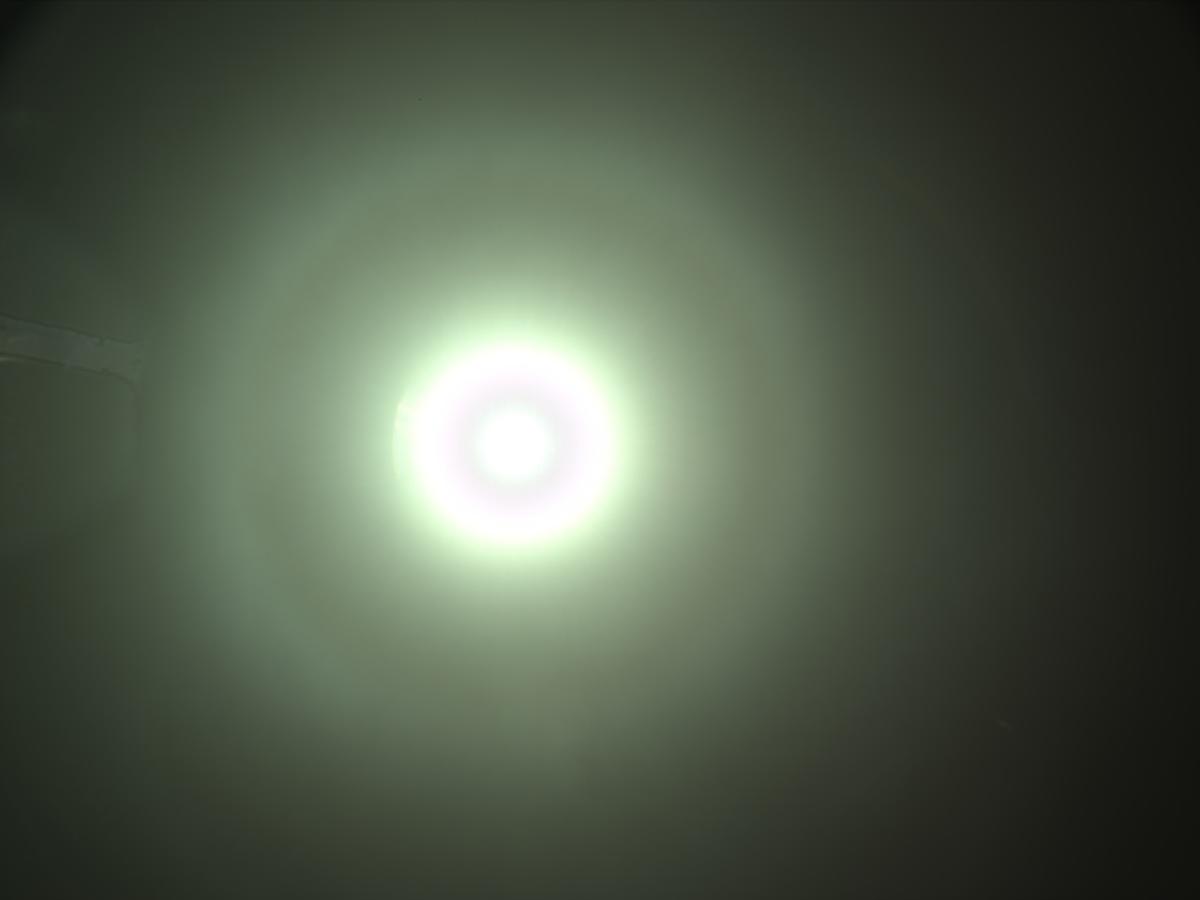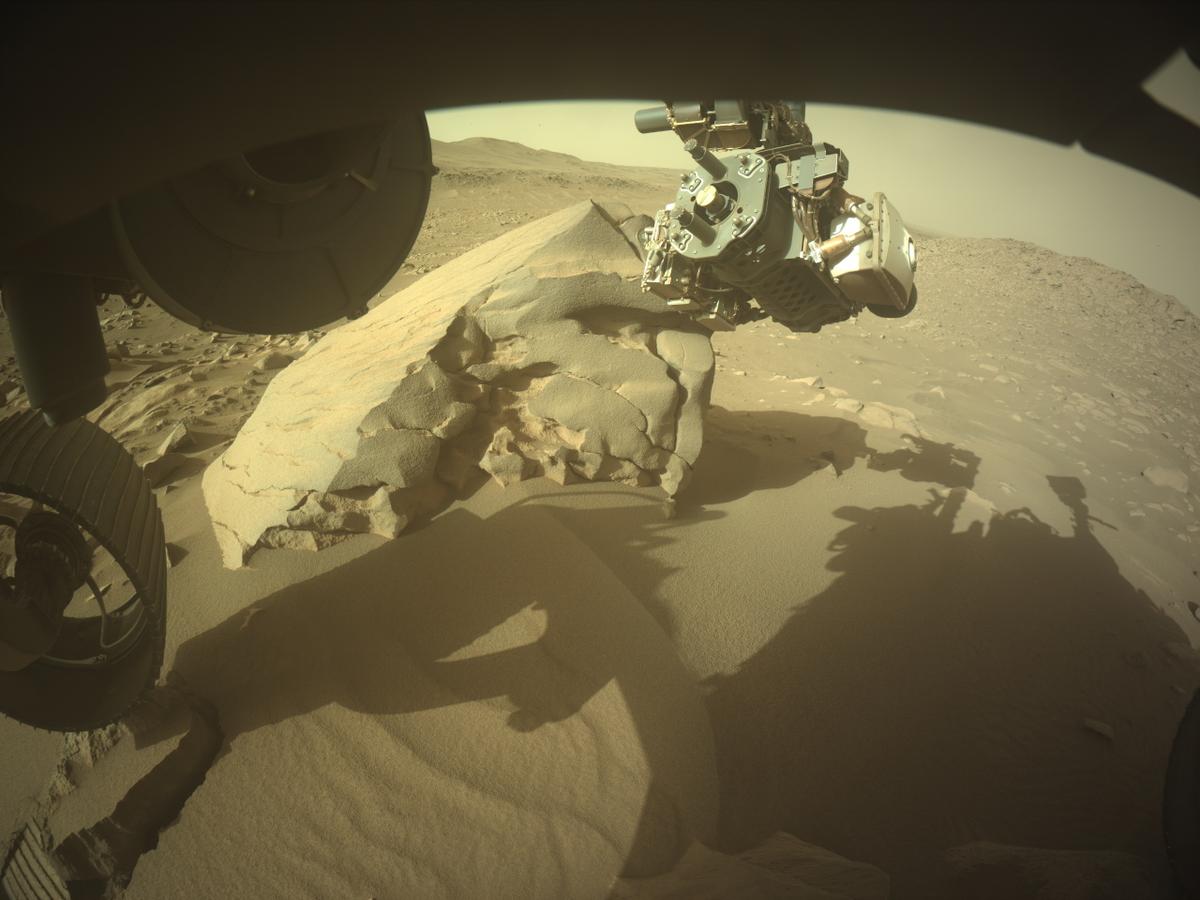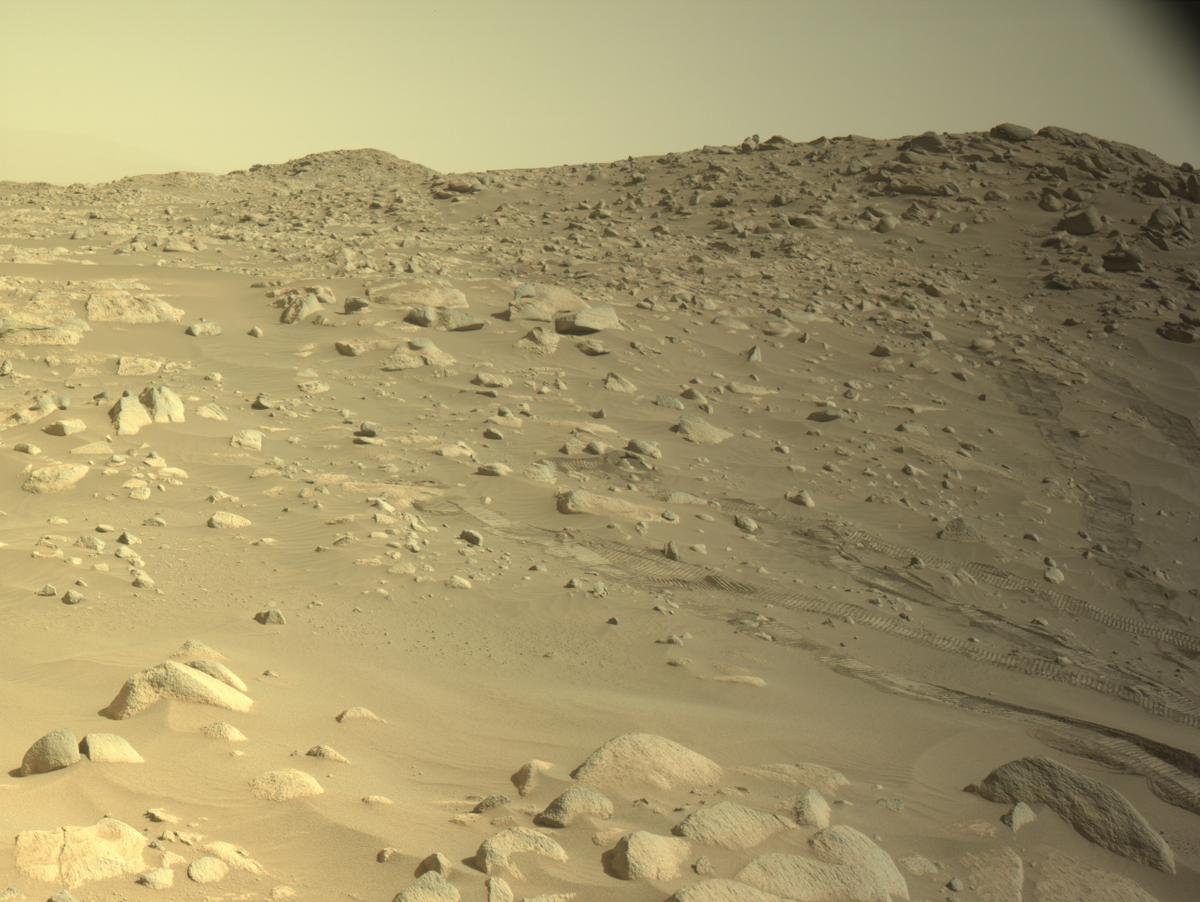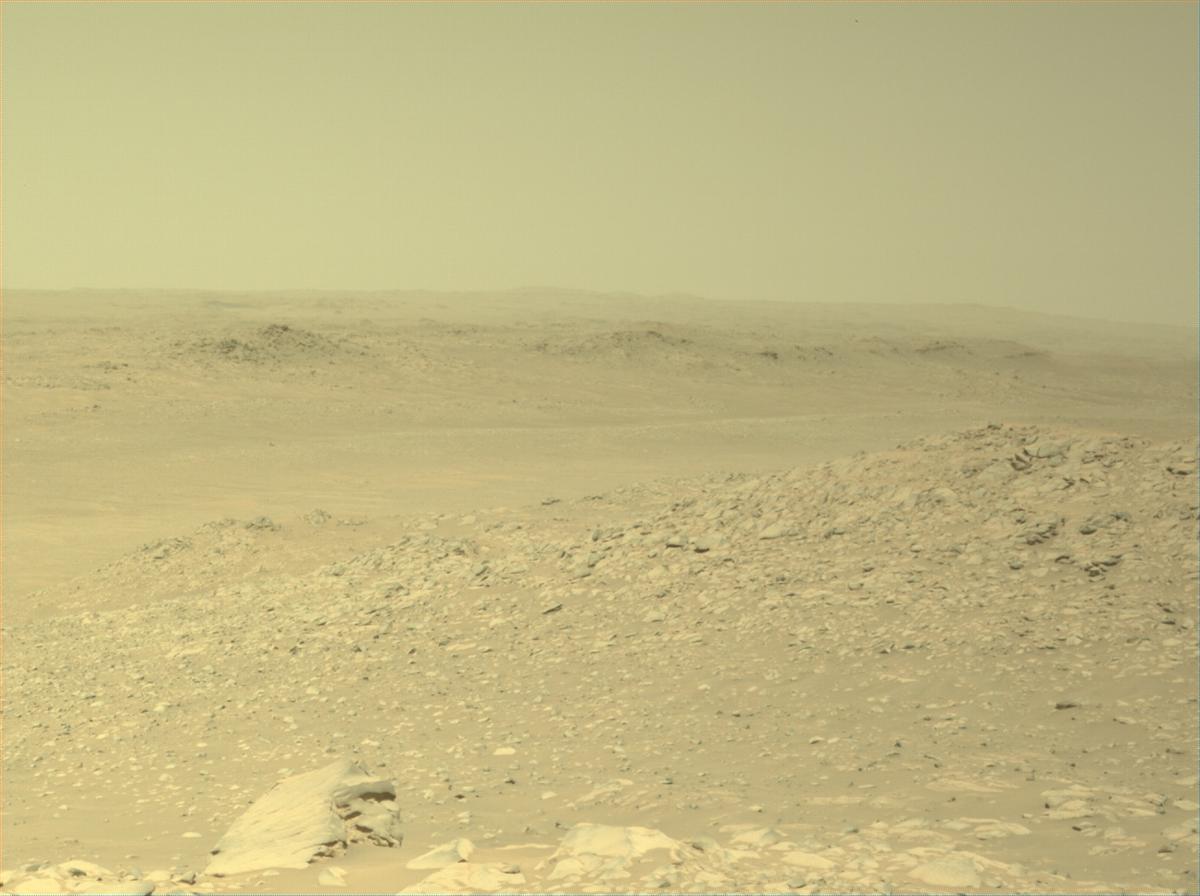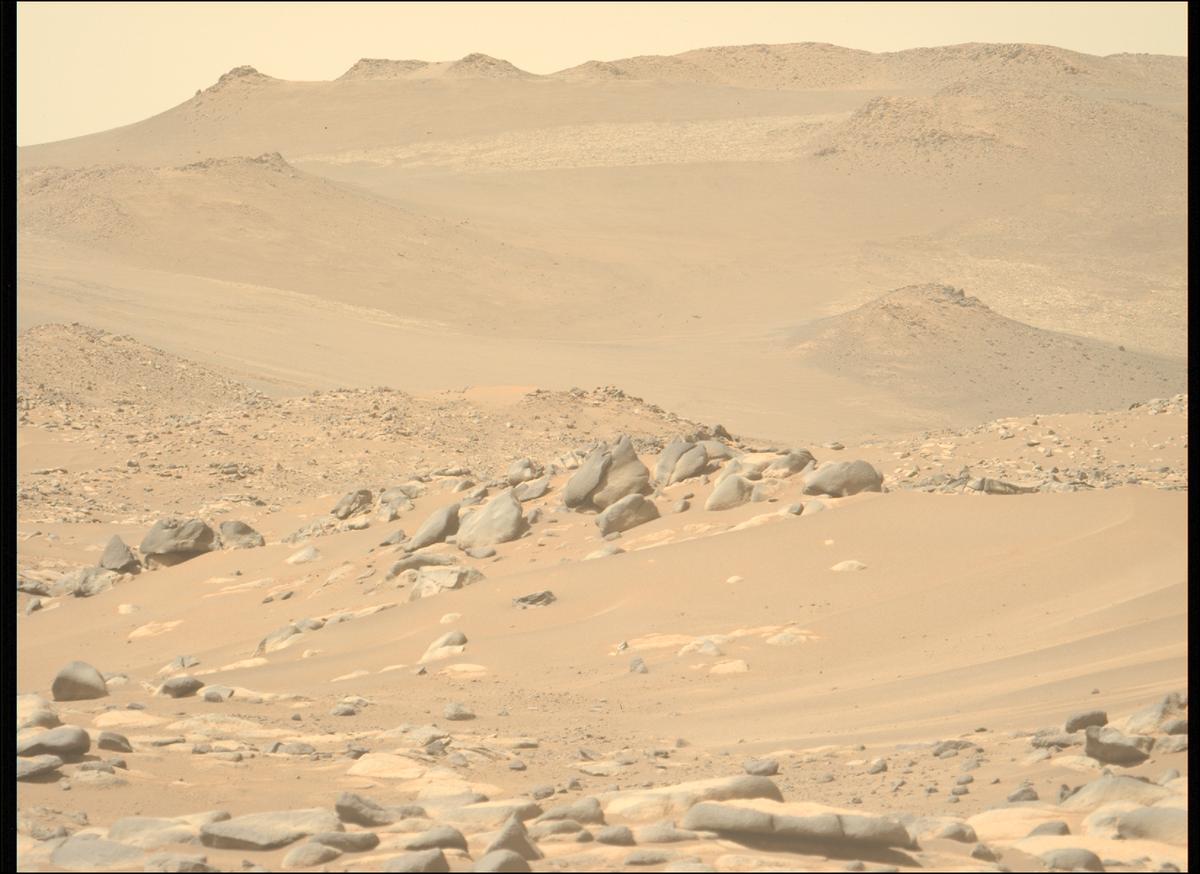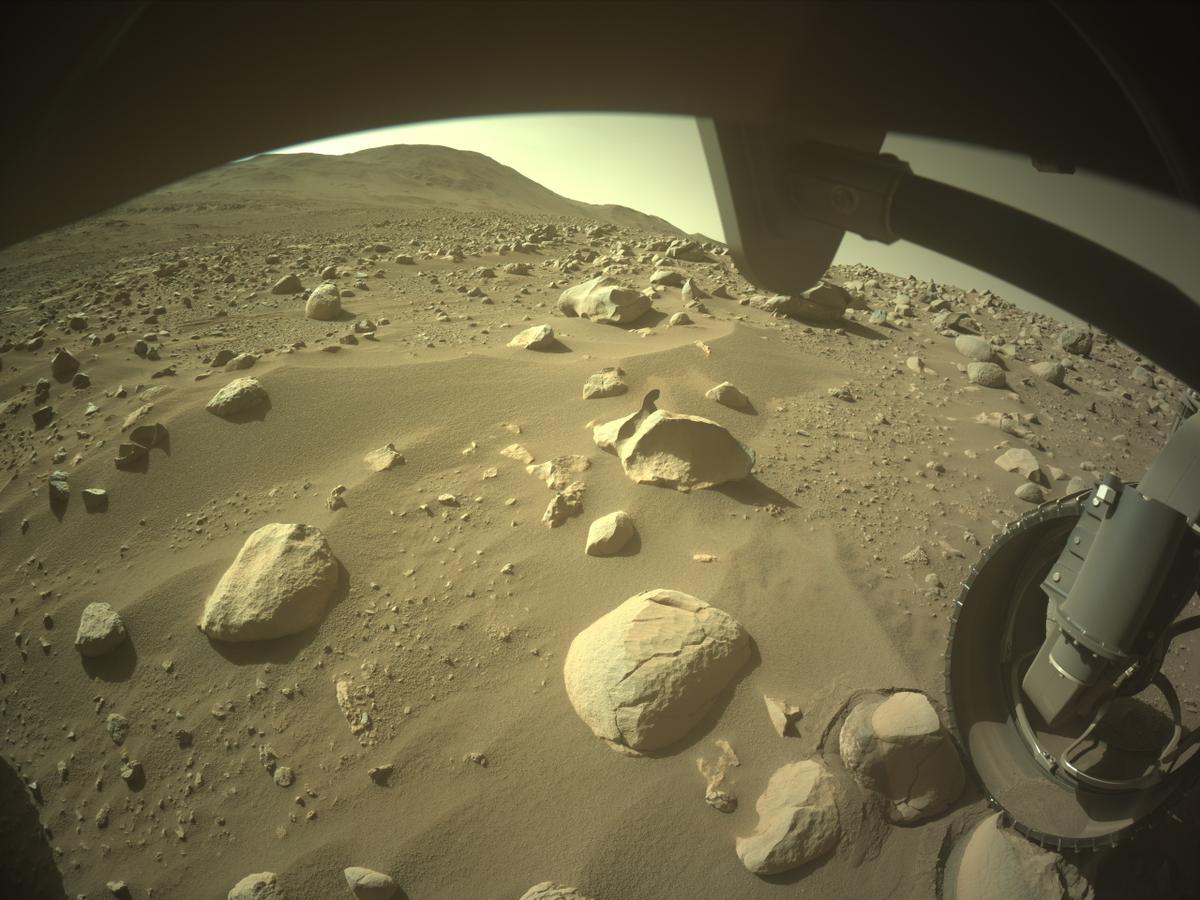The past few weeks have been exciting ones for Perseverance’s science team. At the “Enchanted Lake” site, we took our first look at what appear to be some of the bottommost sedimentary layers that make up the Jezero crater delta.
Since then, we’ve re-traced our steps back towards “Three Forks” and have begun the ascent of the delta near “Hawksbill Gap.” It’s along this Hawksbill Gap route where we nominally intend to conduct the majority of sampling activities as part of our delta front campaign.
As a reminder, Perseverance is carrying 8 rock core samples that were collected during our crater floor campaign. These cores are contained in sealed sample tubes and stored inside Perseverance’s belly for safekeeping. Perseverance’s sampling strategy involves following a carefully choreographed sequence of events that we refer to as our ‘sampling sol path.’ During the crater floor campaign, we carried out the entirety of the sampling sol path at each sampling site – this includes abrasion, proximity and remote science, and collecting a pair of rock core samples – in one fell swoop.
At Hawksbill Gap, however, we may instead carry out the first portion of the sampling sol path (which includes abrasion and collecting observations using our proximity science instruments) at up to 5 locations along our ascent. After that, we’ll turn around and begin a descent back down Hawksbill Gap and collect rock core samples at 3 of our abrasion locations.
This modified sampling strategy is intended to provide the team with valuable contextual information as we climb Hawksbill Gap and interpret the delta stratigraphy around us. With proximity science data in-hand, we can down-select our sampling sites to ensure we’ll be collecting the most scientifically valuable cores along our descent. Of course, we still maintain the option of collecting sample cores at any point during our ascent, if the team decides a particular abrasion site warrants immediate sampling. In the upcoming days and weeks, we hope to begin our abrasion activities at Hawksbill Gap and get our first real taste of the delta!



